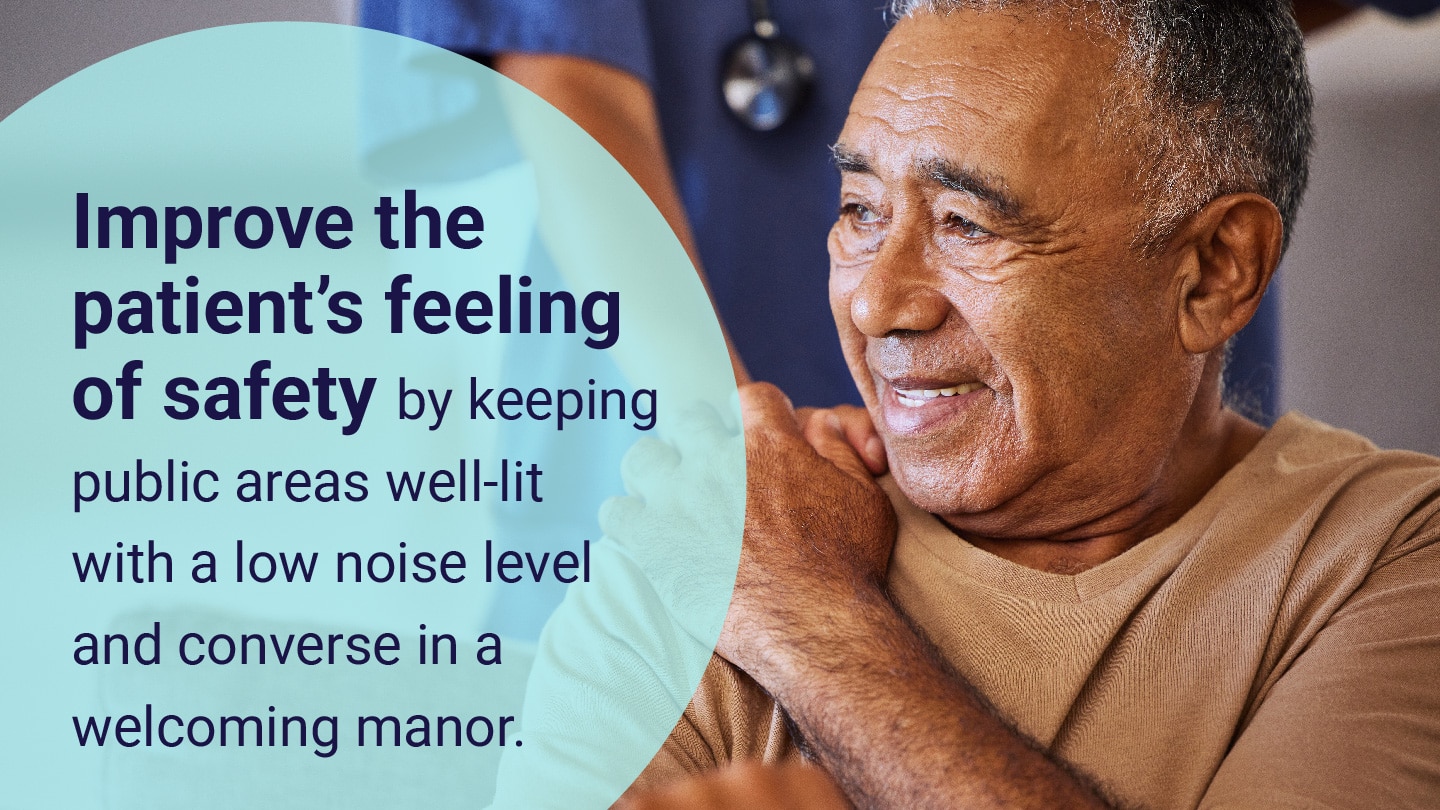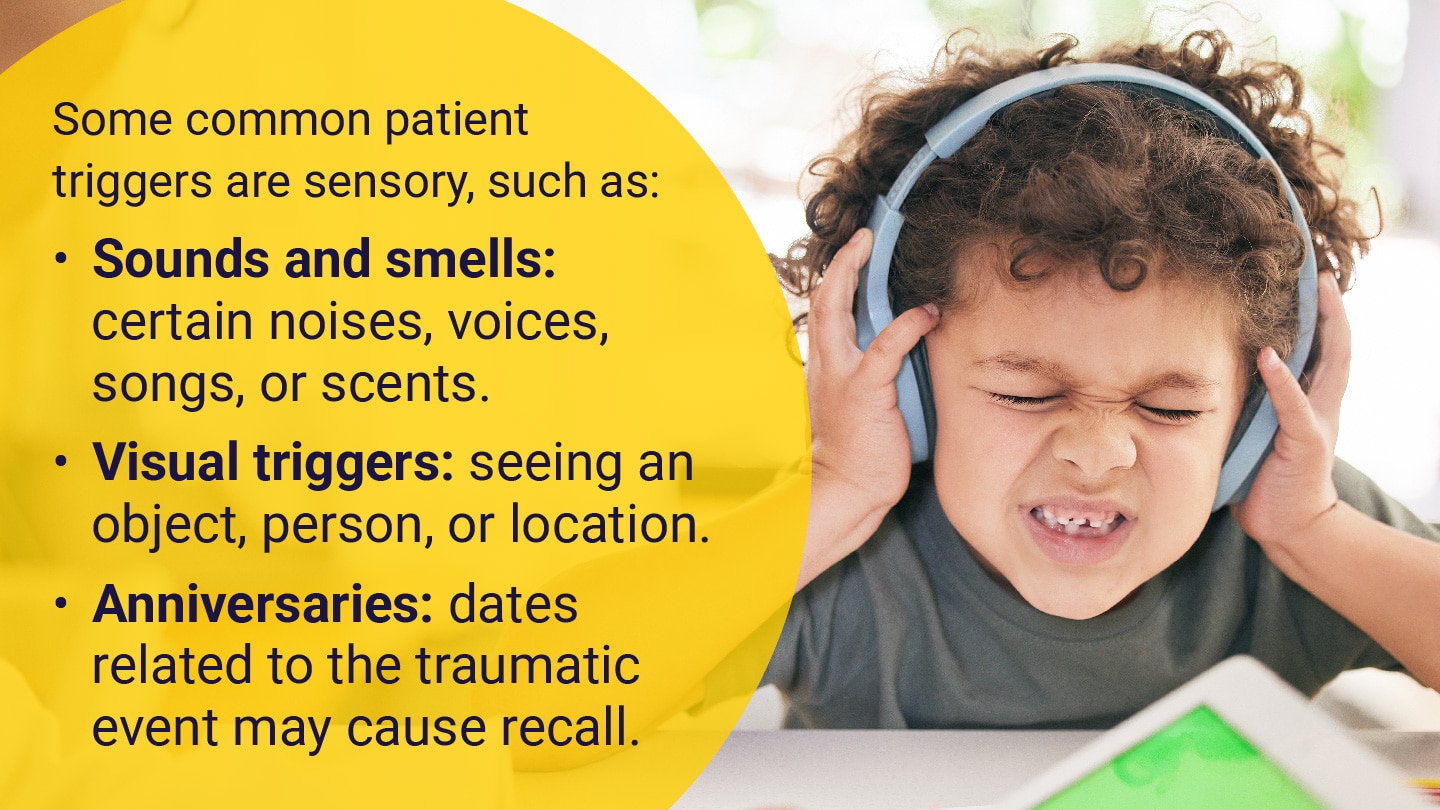
For many patients, the deepest wounds are those unseen. Being exposed to abuse, neglect, and violence increases a person’s potential for serious health problems and risky behaviors. In adopting Trauma-Informed Care (TIC), healthcare providers tailor their interactions to foster trust and resilience, helping patients with trauma histories engage in treatment that can improve their outcomes.

Many people have lived through serious trauma
- One-in-four children in the U.S. experiences maltreatment (physical, sexual, or emotional abuse).1
- Almost half of American children (34 million) have faced a potentially traumatic experience.2
- One-in-four women have experienced domestic violence.3

Implementing Trauma-Informed Care (TIC)
In adopting TIC, a culture change is necessary to ensure patients feel safe. Healthcare organizations should pursue these foundational steps:
- Create TIC buy-in by providing training on the impact of trauma for all staff (senior leadership, clinical, and nonclinical employees).
- Educate staff on secondary traumatic stress, vicarious trauma, burnout, and self-care.
- Hire employees from the community who may have similar life experiences as the patient population.

Facing up to challenges
As with any new initiative, barriers often arise, as a recent study reveals:5
- Staff may lack clarity on what a TIC approach involves.
- Trauma screening can add an additional staff burden.
- Common process delays include creating sharing agreements, staff turnover and lengthy admin times.

What success looks like
Despite initial obstacles, there are benefits for both patients and providers:
- Improved patient engagement in their health care.
- Development of a trusting relationship with their provider.
- Track and trend provider data regarding patient satisfaction, health outcomes, and staff well-being.

TIC risks and mitigation
To make certain TIC practices are beneficial, some areas to consider include:
- Maintaining patient confidentiality and adhering to HIPAA regulations.
- Educating TIC health providers to ensure the care is ethical and legal.
- Avoid triggers of prior patient trauma by focusing on the present moment.
Moving forward, transforming lives
Integrating trauma awareness into healthcare practices can help create a safer environment and empowers patients. To learn more about the TIC approach, download our white paper.
References
1 American Academy of Pediatrics, “Child Abuse and Neglect,” 2021. https://www.aap.org/en/patient-care/child-abuse-and-neglect/
2 James Duffee, James, Moira Szilagyi, Heather Forkey, and Erin T. Kelly, “Trauma-Informed Care in Child Health Systems.” Pediatrics, 148, no. 2(2021). https://publications.aap.org/pediatrics/article/148/2/e2021052579/179781/Trauma-Informed-Care-in-Child-Health-Systems
3 Centers for Disease Control and Prevention, “Intimate Partner Violence Prevention Resource for Action: A Compilation of the Best Available Evidence,” 2017. https://www.cdc.gov/violenceprevention/pdf/IPV-Prevention-Resource_508.pdf
4 Manning, Katherine, “We Need Trauma-Informed Workplaces,” Harvard Business Review (2022). https://hbr.org/2022/03/we-need-trauma-informed-workplaces
5 Minister for Social Care, Mental Wellbeing and Sport, “Enablers and Barriers to Trauma-Informed Systems, Organizations, and Workforces: Evidence Review,” June 27, 2023. https://www.gov.scot/publications/evidence-review-enablers-barriers-trauma-informed-systems-organisations-workforces/
Featured insights
This website is general in nature, and is provided as a courtesy to you. Information is accurate to the best of Liberty Mutual’s knowledge, but companies and individuals should not rely on it to prevent and mitigate all risks as an explanation of coverage or benefits under an insurance policy. Consult your professional advisor regarding your particular facts and circumstance. By citing external authorities or linking to other websites, Liberty Mutual is not endorsing them.



